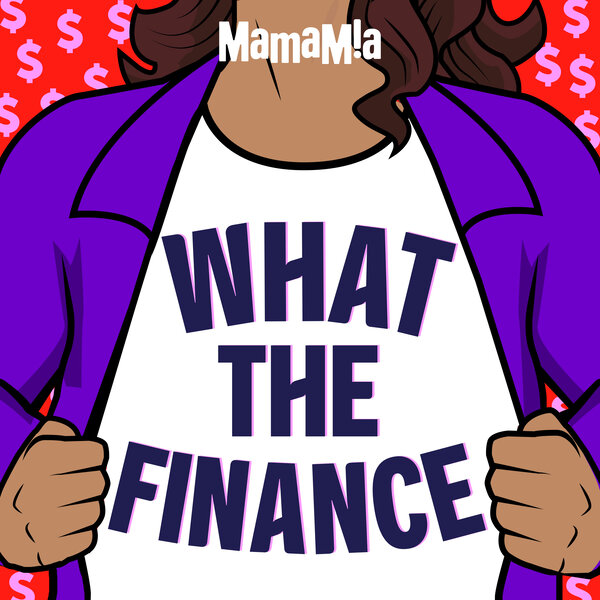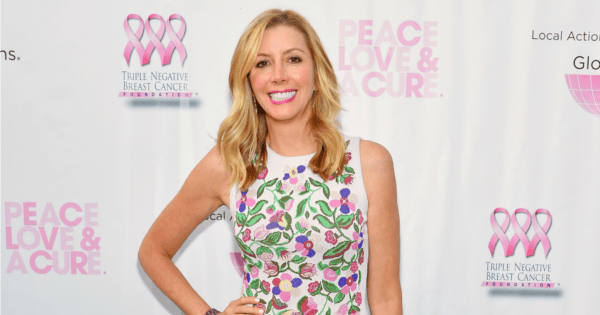When Sara Blakely was 27, she was selling fax machines door-to-door, and cutting the feet out of her panty-hose to wear beneath her clothes.
One made her money, one would soon make her creation a household name with a few more dollar signs to boot.
Of course, in cutting out the feet of her panty-hose, Blakely was making the first unofficial prototype for the hosiery we now know as Spanx.
Spanx would make Blakely the youngest female billionaire in America.
But before Spanx became how we know it today, Blakely was a little-known sales rep from Florida, trying to sell a particularly female product to boardrooms full of men.
In an interview with the podcast How I Built This, Blakely explained how a pair of cream pants began a long road to becoming a self-made entrepreneur and, eventually, a billionaire.
“I had spent a lot of money on these cream pants – about US$98 which for me was a lot of money – and they just hung in my closet unworn, because every time I would go to wear them you could see the under garment,” she told host Guy Raz.
Regular underwear didn’t work, nor did a g-string and shapewear was too thick and “overdone”. So she saw an opportunity for something in the middle, and cut out her own make-shift shapewear from regular panty-hose. The light bulb, she said, went off.
“I had set aside $5000 that I had saved selling fax machines door-to-door and that’s what I started Spanx with,” she said.






























































































